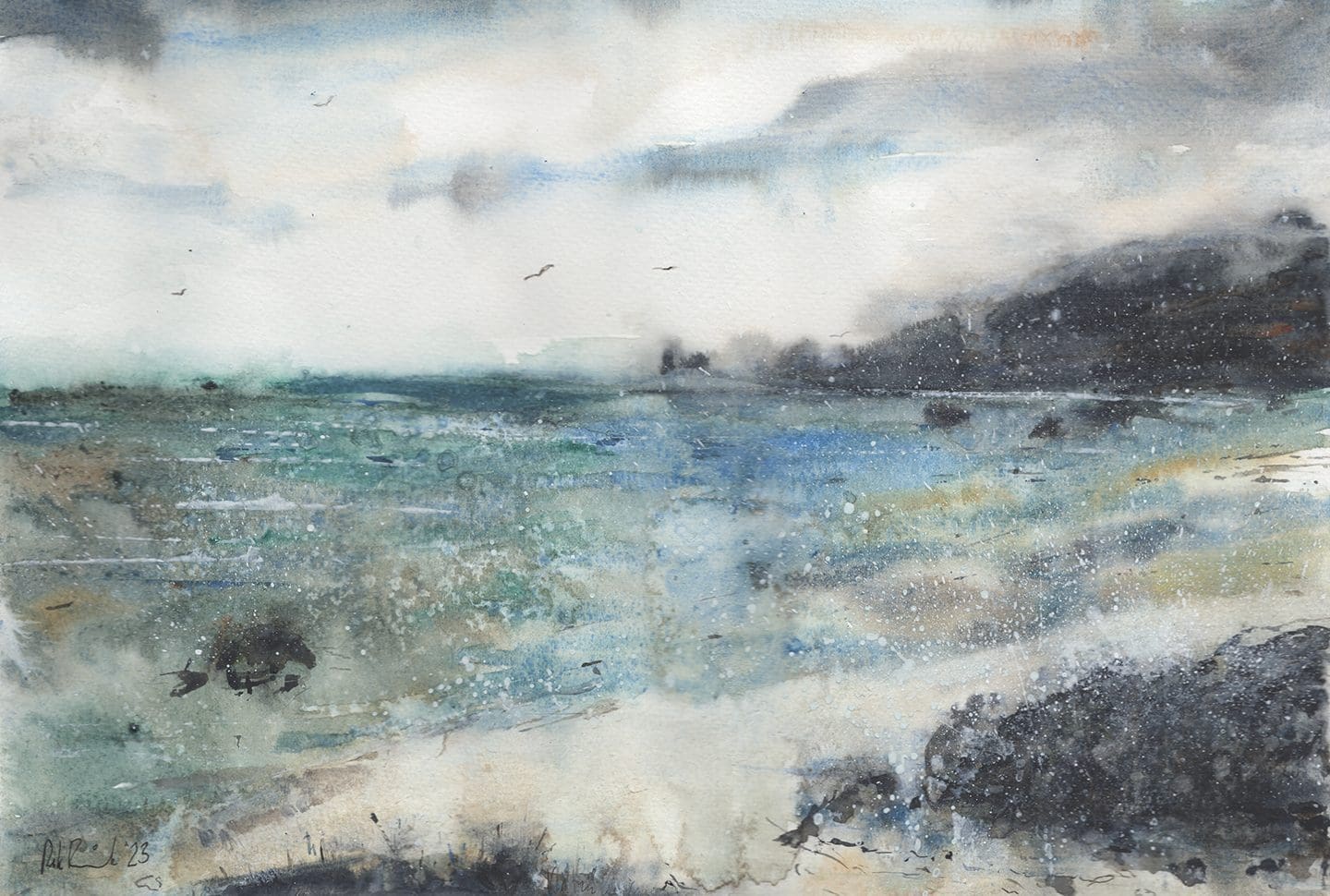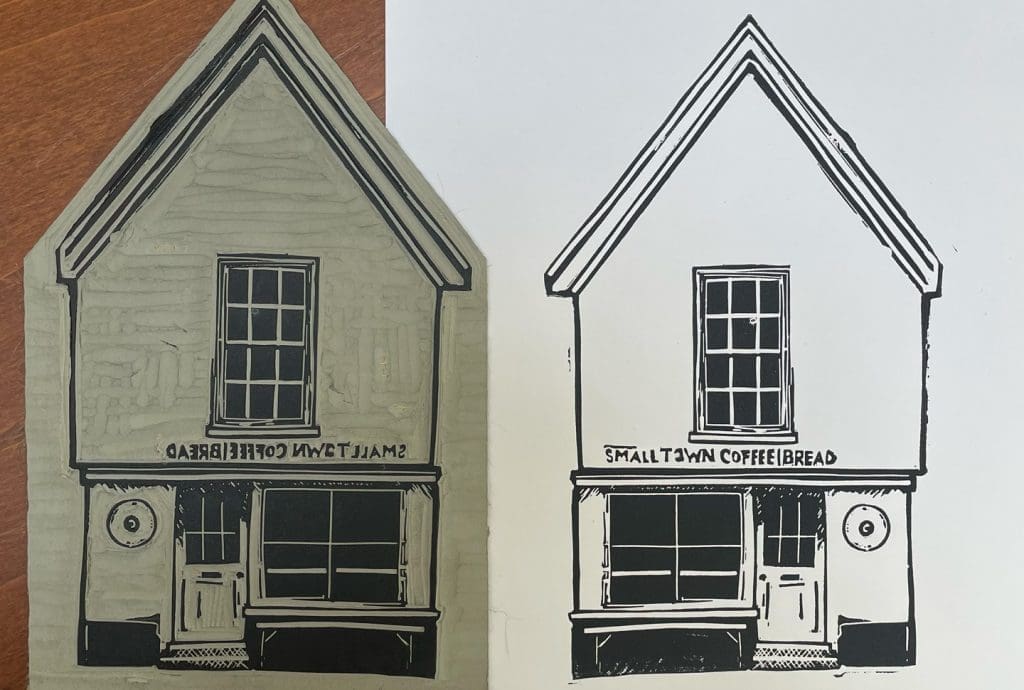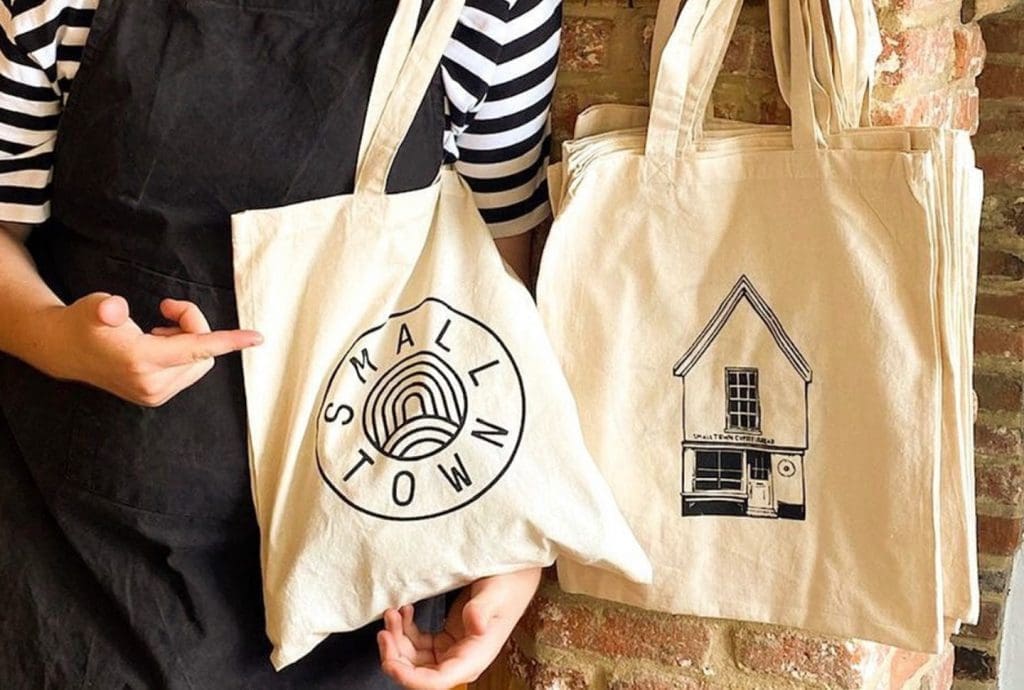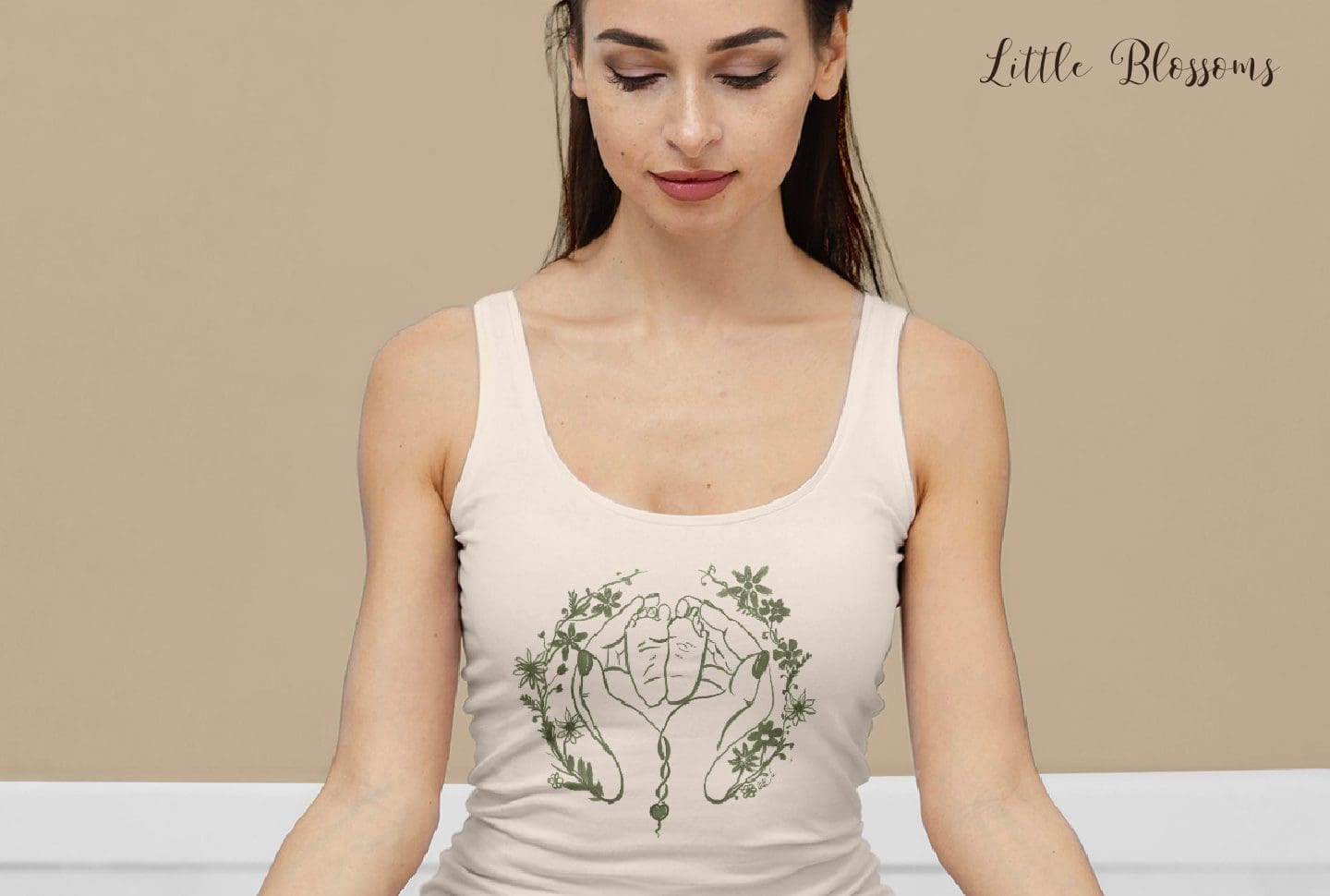
Learn how to licence your artwork for commercial use in this comprehensive guide. From paintings to packaging design, discover the benefits, considerations, and steps involved in licensing your art for profit..
Art licensing refers to the process of granting permission for the use of an artist’s creative work, such as paintings, linocut prints, icons & illustrations. Through licensing, an artist or graphic designer can monetise their creative talents and generate additional revenue.
Licensing is an essential aspect of the business of art, as it enables artists and graphic designers to commercialise their artwork and protect their intellectual property rights.
By licensing their artwork, artists and graphic designers can reach a wider audience and build brand recognition, while also ensuring that their work is used in accordance with their terms and conditions.
This article will provide an overview of art licensing and the various steps involved in licensing artwork. It will also cover the requirements for licensing artwork in the UK, the factors that affect pricing for artwork licensing, and the importance of copyright considerations when selling art.
Licensing involves granting permission to use an artist’s creative work in exchange for compensation. The licence agreement outlines the terms and conditions of the use of the artwork, including the duration of the licence, the usage rights granted, and the compensation to be paid.
Licensing artwork offers several benefits to artists and graphic designers, including the ability to generate additional revenue, reach a wider audience, and build brand recognition. It also allows the artist or graphic designer to retain ownership of their intellectual property and maintain creative control over their work.



Empower your creative business with my own crafted e-commerce solutions and personalised branding services designed to help sell your work whilst elevating your artistic presence online.
Promoting your artwork is an essential aspect of getting your work recognised and building a reputation as an artist or graphic designer.
To be successful in promoting your artwork, it is important to develop a clear strategy and to be consistent in your efforts. Some strategies to consider include:
In the UK, artists and graphic designers must adhere to various legal and regulatory requirements when licensing their artwork. These include complying with copyright laws and ensuring that their licence agreements are fair and transparent.
Copyright refers to the legal protection granted to the creator of an original work, such as a painting or graphic design. Licensing, on the other hand, refers to the process of granting permission for the use of the copyrighted work.
Artists and graphic designers should be aware of the legal and regulatory landscape when licensing their artwork in the UK. This includes understanding copyright laws and regulations, complying with fair use and fair dealing provisions, and ensuring that their licence agreements are fair and transparent.
When licensing artwork in the UK, artists and graphic designers should consider factors such as intellectual property rights, quality control, termination rights, and liability and indemnification. It is also important to ensure that licence agreements comply with UK laws and regulations.
Royalties refer to the compensation paid to the licensor for the use of their artwork. Royalties can be paid as a percentage of the revenue generated by the use of the artwork or as a flat fee.
Royalties are typically calculated as a percentage of the revenue generated by the use of the artwork. The percentage can vary depending on factors such as the type of artwork, the intended use of the artwork, and the negotiation between the licensor and licencee.
The average royalty rates for different types of artwork can vary widely depending on the intended use of the artwork. For example, the royalty rate for a painting used in a merchandising campaign may be higher than the royalty rate for a graphic design used in a magazine advertisement.
Factors that can affect royalty rates include the popularity and demand for the artwork, the scope of the licence, and the competition in the market.

The process of licensing artwork in the UK involves several steps, including determining usage rights and compensation, drafting a licence agreement, negotiating and finalising the agreement, and granting permission and receiving payment.
When licensing artwork in the UK, artists and graphic designers should consider factors such as intellectual property rights, quality control and approval process, termination rights, and payment terms. It is also important to ensure that licence agreements comply with UK laws and regulations.

Licensing artwork offers several advantages, such as the ability to generate additional revenue and build brand recognition. However, it also involves some risks, such as the potential loss of creative control and the risk of infringing on intellectual property rights.
Before licensing your artwork, it is important to consider factors such as your goals and objectives, your creative vision, your comfort level with licensing, and the potential risks and benefits.
There are several alternatives to licensing your artwork, such as selling your artwork directly, collaborating with other artists and designers, or offering commissioned work.
Several factors can affect the pricing for licensing artwork, including the type of artwork, the intended use of the artwork, the competition in the market, and the negotiation between the licensor and licensee.
Different pricing models can be used for artwork licensing, such as flat fee pricing, royalty-based pricing, and usage-based pricing.
The pricing for different types of artwork can vary widely depending on the intended use of the artwork. For example, the pricing for a linocut print used in a packaging design project may be different from the pricing for a painting used in a merchandising campaign.

Copyright refers to the legal protection granted to the creator of an original work, such as a painting or graphic design.
Copyright protects artwork by granting the creator exclusive rights to reproduce, distribute, and display the work. It also provides a legal remedy in the event of any infringement on these rights.
To copyright your artwork, you must register your work with the relevant copyright office and comply with any applicable laws and regulations.
Artists and graphic designers should consider copyrighting their artwork when they want to protect their creative works from unauthorised use and infringement. Copyright registration can also help to establish proof of ownership and may provide legal remedies in the event of any disputes or infringements.
Art licensing can be a valuable tool for artists and graphic designers to generate additional revenue and build brand recognition. However, it is important to consider the potential risks and benefits before licensing your artwork, and to ensure that licence agreements comply with applicable laws and regulations.
If you are an artist or graphic designer, consider exploring the option of licensing your artwork to generate additional revenue and build your brand. However, be sure to consider the potential risks and benefits, and to ensure that your licence agreements comply with applicable laws and regulations.
In addition to licensing your artwork, consider exploring other options for selling your art, such as selling your artwork directly or collaborating with other artists and designers. By diversifying your revenue streams and exploring different avenues for selling your art, you can increase your chances of success and build a sustainable career in the creative industry.
Remember to also consider copyrighting your artwork to protect your creative works from unauthorised use and infringement. Copyright registration can help to establish proof of ownership and may provide legal remedies in the event of any disputes or infringements.
Overall, art licensing and selling can be a rewarding and lucrative career path for artists and graphic designers. By following the steps and considerations outlined in this article, you can successfully licence your artwork and build a sustainable career in the creative industry.
10 Tips for Building a Successful Art Business
– a blog post on how to build a successful art business by Artsy Shark.
Copyright Basics for Artists
– an article by Art Law Journal that explains the basics of copyright law for artists.
The best places to sell design online
– a comprehensive guide on how to sell your art online by Creative Bloq.
Designer & Part-time Artist from Suffolk, England. Specialising in Website Design, Shopify & Branding. Enjoys printmaking and creative pursuits.